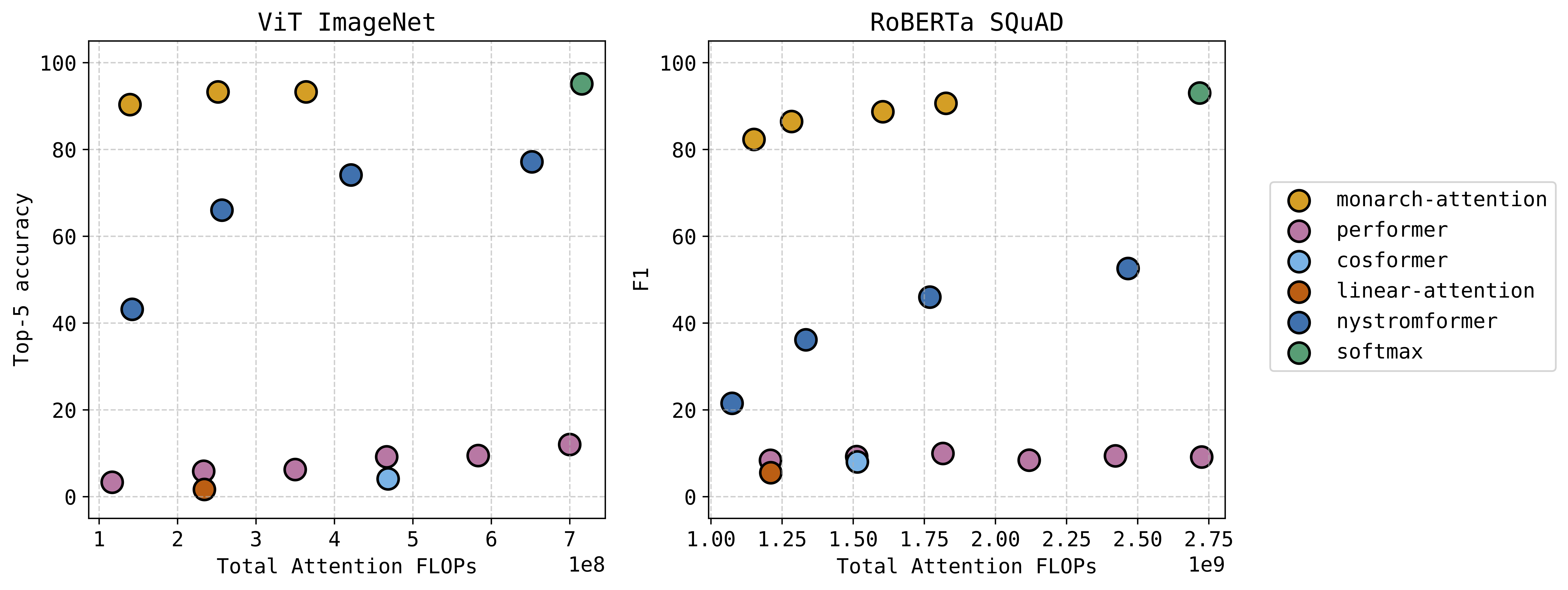I have great news that my AFOSR Young Investigator proposal was accepted for funding. My proposal was focused on time-varying low-rank factorization models, and various ways of solving a variety of related non-convex problem formulations. Read more about it here. I look forward to the contributions we will be able to make with the support of AFOSR.
